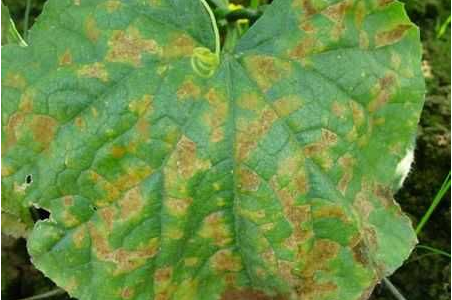Three key points to distinguish vegetable diseases from nutrient deficiency
Time:2023-01-30 Follow:957
Vegetable diseases mainly include fungal, viral and bacterial diseases. Nutrient deficiency disease, also known as physiological disease, is a special symptom caused by the lack of certain nutrient elements in vegetable crops. Generally speaking, the two differ greatly in appearance. But sometimes the disease and the deficiency disease are very similar in appearance, especially in the early stage of the disease, which brings certain difficulties to the disease control. In this case, it can be identified from the following three aspects.

The process of occurrence and development of medical treatment
Vegetable diseases are infectious. Therefore, the disease generally has an obvious disease center, and then spreads rapidly to the surrounding areas. It usually occurs in pieces. If it is not controlled in time, it can cause great harm to the growth of vegetables. However, there is generally no disease center for the deficiency of element, which is mainly distributed. If no remedial measures are taken, the yield and quality will be seriously affected.
Relationship between medical treatment and soil
Most vegetable diseases have no special relationship with soil types and characteristics. No matter what type of soil, if there is a source of disease, it can occur in the field where the amount of nitrogen fertilizer is high and the combined application of phosphorus and potassium fertilizer is not paid attention to. The occurrence of crop nutrient deficiency is obviously related to soil type and characteristics. For example, the pH value of the soil in the north is relatively high, and it is not easy to lack molybdenum, while the acid soil in the south is easy to lack this element. For soils with different nutrient levels, some or some nutrient deficiencies can occur, but barren soils are more frequent.
Relationship between medical treatment and weather
Vegetable diseases often occur or recur in cloudy and humid weather, and are more likely to occur when the plant population is shaded. Pay attention to the weather and the growth of the plant population, and prevent and control them as soon as possible. The element deficiency disease has little to do with the aboveground air humidity, but long-term stagnant water or drought in the soil can promote some element deficiency diseases. For example, long-term stagnant water in the plant can lead to potassium deficiency, which is manifested by the scorched leaf edge from bottom to top, like a fire. The unstable soil water content, which is high and low, is easy to lead to calcium deficiency, leading to physiological diseases such as navel rot, heart rot, false scab, celery stem crack, and will also affect the flower bud differentiation of fruits and vegetables to varying degrees.
-
Next:Null




